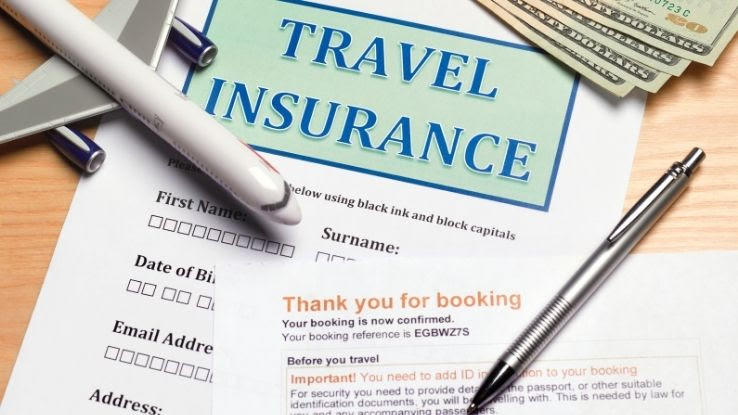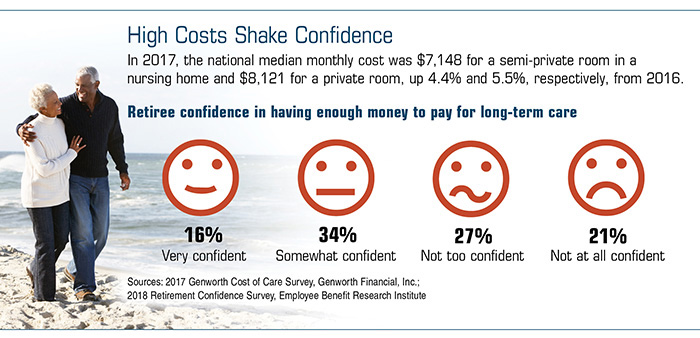Pacific Prime Things To Know Before You Buy
Table of ContentsWhat Does Pacific Prime Mean?All About Pacific PrimeNot known Incorrect Statements About Pacific Prime What Does Pacific Prime Mean?Not known Facts About Pacific Prime

This is because the data were collected for a period of strong financial performance. Of the approximated 42 million individuals who were without insurance, almost about 420,000 (regarding 1 percent) were under 65 years of age, the age at which most Americans come to be eligible for Medicare; 32 million were grownups in between ages 18 and 65, around 19 percent of all grownups in this age; and 10 million were children under 18 years old, concerning 13.9 percent of all children (Mills, 2000).
These estimates of the number of individuals without insurance are created from the annual March Supplement to the Existing Populace Study (CPS), conducted by the Demographics Bureau. Unless or else noted, national estimates of people without health and wellness insurance and percentages of the populace with different type of protection are based on the CPS, the most extensively used source of estimates of insurance protection and uninsurance rates.
The Pacific Prime Diaries

Still, the CPS is particularly beneficial due to the fact that it generates yearly price quotes reasonably promptly, reporting the previous year's insurance policy coverage estimates each September, and because it is the basis for a regular set of price quotes for greater than twenty years, enabling for evaluation of patterns in coverage gradually. For these reasons, as well as the comprehensive use the CPS in other studies of insurance policy coverage that exist in this record, we count on CPS quotes, with restrictions noted.

The estimate of the variety of without insurance people broadens when a population's insurance standing is tracked for several years. Over a three-year duration starting early in 1993, 72 million people, 29 percent of the U.S. https://www.indiegogo.com/individuals/37416909. population, were without protection for at the very least one month. Within a single year (1994 ), 53 million people experienced a minimum of a month without protection (Bennefield, 1998a)
Six out of every ten without insurance grownups are themselves used. Working does improve the likelihood that one and one's household members will have insurance policy, it is not an assurance. Even participants of households with two permanent wage earners have virtually a one-in-ten possibility of being uninsured (9.1 percent without insurance price) (Hoffman and Pohl, 2000).
The 6-Minute Rule for Pacific Prime
New immigrants represent a significant proportion of individuals without medical insurance. One evaluation has attributed a substantial section of the recent growth in the dimension of the U.S. uninsured population to immigrants who showed up in the nation between 1994 and 1998 (Camarota and Edwards, 2000). Current immigrants (those that came to the USA within the past four years) do have a high rate of being without insurance (46 percent), but they and their children make up just 6 percent of those without insurance policy country wide (Holahan et al., 2001).
The relationship in between medical insurance and access to care is well established, as recorded later on in this chapter. The partnership between health insurance coverage and health outcomes is neither straight neither straightforward, an extensive clinical and health solutions research literary works web links health and wellness insurance coverage to better accessibility to care, much better high quality, and improved individual and populace health and wellness status.
Levels of analysis for examining the effects of uninsurance. It concentrates specifically on those without any kind of wellness insurance coverage for any type of length web of time.
All About Pacific Prime
The problems faced by the underinsured are in some areas comparable to those dealt with by the uninsured, although they are generally much less serious. Health insurance coverage, however, is neither essential neither adequate to gain accessibility to clinical solutions. The independent and direct effect of wellness insurance policy protection on accessibility to wellness solutions is well developed.
Others will get the wellness treatment they require even without medical insurance, by paying for it expense or seeking it from suppliers who provide care cost-free or at very subsidized rates. For still others, health and wellness insurance coverage alone does not ensure invoice of care as a result of other nonfinancial obstacles, such as an absence of health and wellness treatment suppliers in their area, minimal accessibility to transportation, illiteracy, or etymological and social distinctions.
What Does Pacific Prime Mean?
Official research about uninsured populaces in the USA dates to the late 1920s and very early 1930s when the Board on the Cost of Medical Care created a collection of records concerning funding physician office sees and hospitalizations. This issue ended up being prominent as the varieties of clinically indigent climbed up during the Great Anxiety.